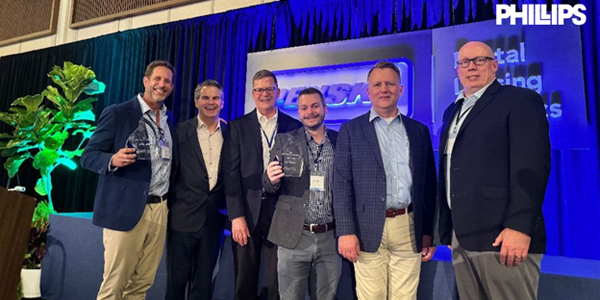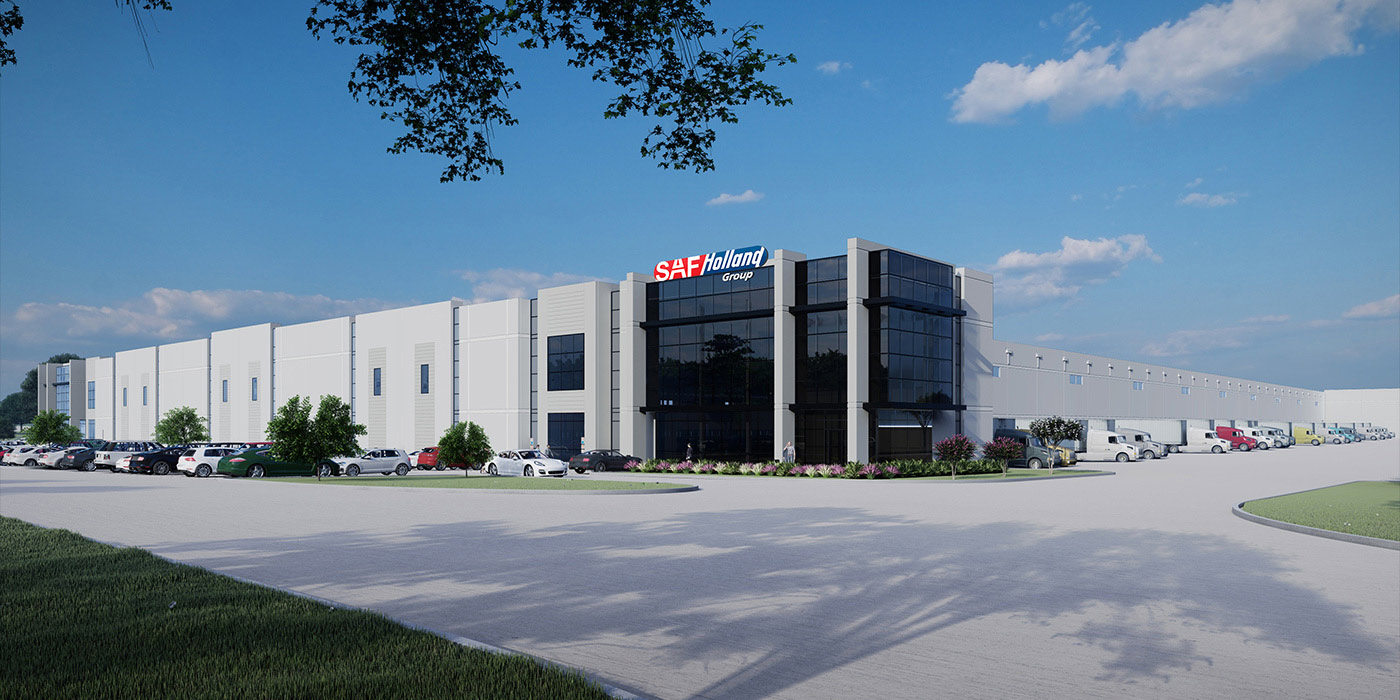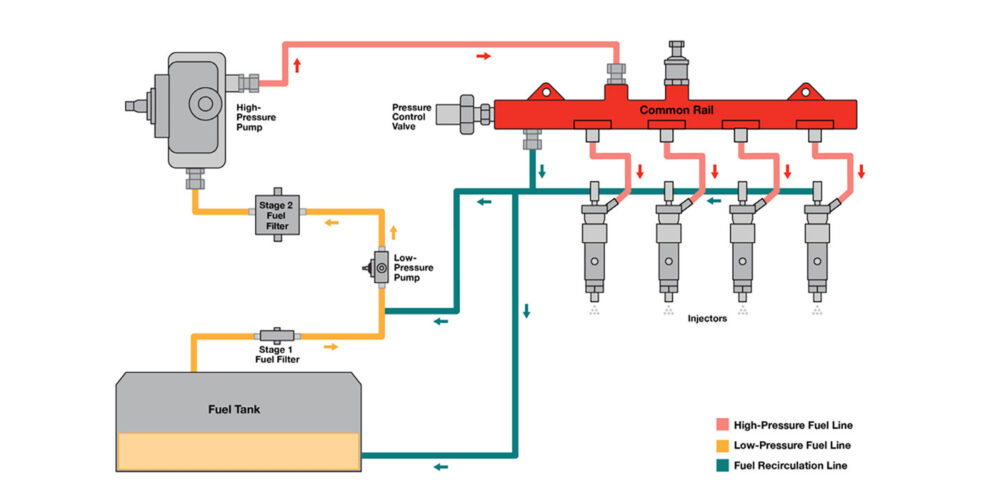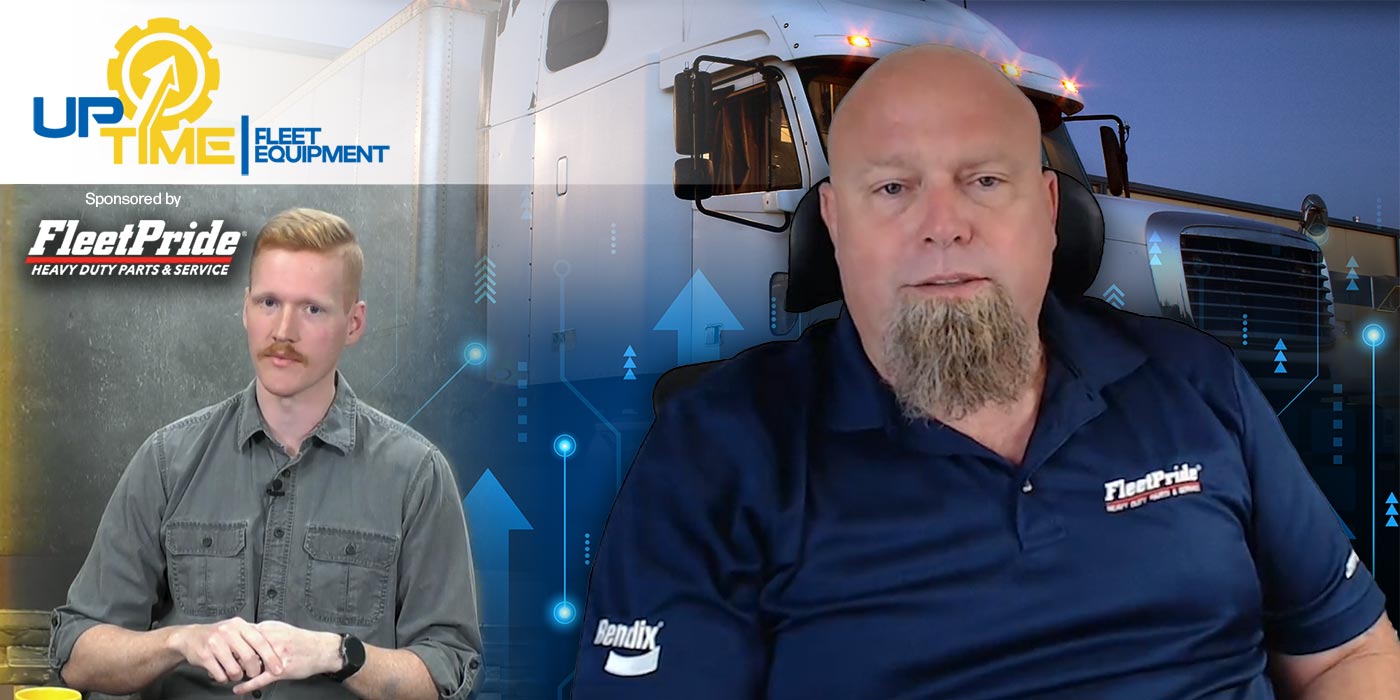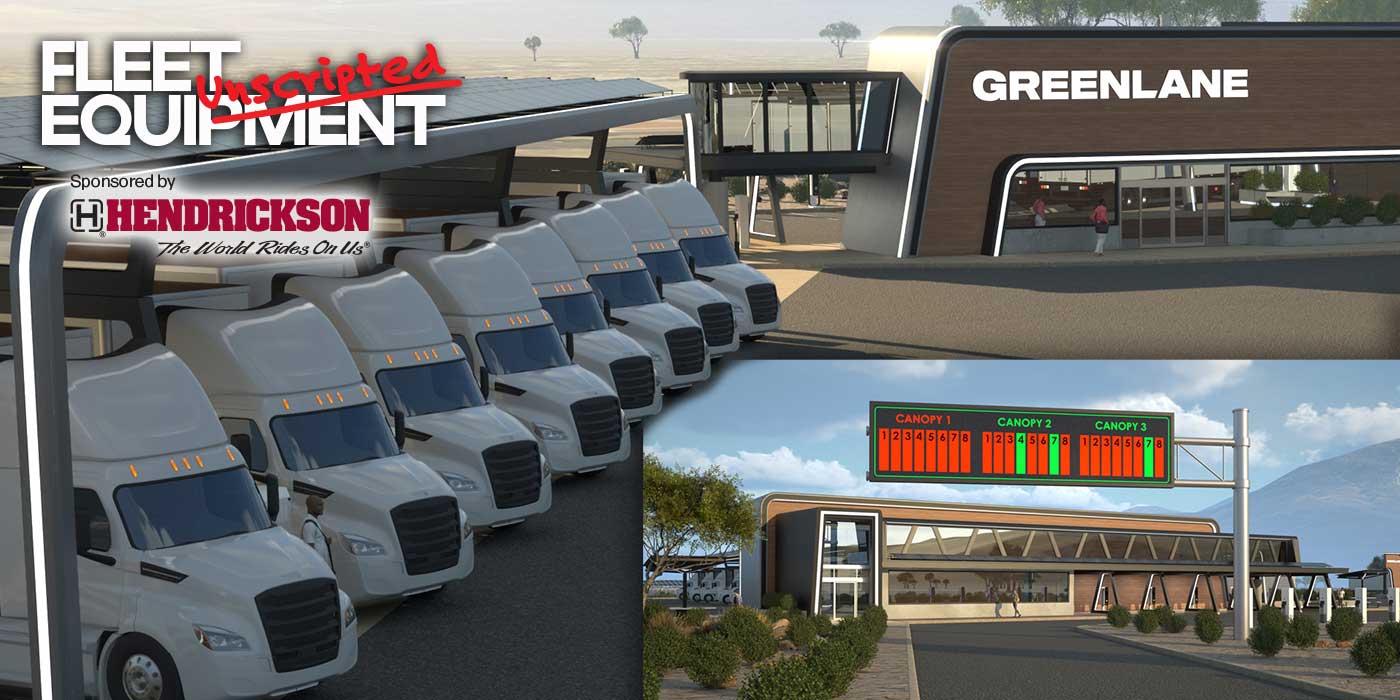Let’s not bury the lede. Here’s Ken Hogan, vice president and general manager at Cummins Meritor, with the answer to that question in the headline:
“On one hand there’s many areas that are getting better. There are signs of things that can be better, but overall, I would just think we’re just going to see different issues,” he said during a panel at Heavy Duty Aftermarket Dialogue (HDAD). “Think of the last 20 years, and what we’ve all done. We’ve all globalized our supply chains. It took a lot of work; there was good business case to do it. That’s what we’ve been doing and that might change now. We’ve all gone through things, and there are some challenges. We’re all rethinking these types of things. Reversing that, I think, will be a challenge. It’ll bring different issues. That’s how I would characterize it.”
Hogan sat on stage with Houman “HK” Kashanipour, chief executive officer and president of Alliant Power, and Traci Melville, president of North America commercial vehicle and aftermarket vehicle group at Eaton, along with Moderator Collin Shaw, chief commercial vehicle officer at MEMA, and chief operating officer at MEMA Original Equipment Manufacturers. They fielded a wide range of questions both from Shaw and the HDAD audience.
Last year in review and what’s in front of us in 2024
As the panelists review 2023, they noted a year of mixed results, marked by a chaotic start but ending with efficiency improvements. Looking into 2024, the leaders express optimism tempered by concerns over supply availability and the potential impact of the presidential election on regulations and industry dynamics.
“As a business, we made investments in our aftermarket business both in terms of capacity from a manufacturing perspective, being headway and supplier availability and making investments and people; so, I’m excited to see the rubber in the road in that regard,” Melville said. “What makes me concerned is the availability of supply. That’s going to continue to be a challenge, and there’s the impact of the presidential election. Each party has some implicit impacts.”
A focus on remanufacturing
The panelists also discussed the evolving role of telematics in improving vehicle maintenance and repair. HK shed light on the growing acceptance of remanufacturing in the industry, highlighting its environmental and economic benefits.
“I’m a firm believer it’s the right thing to do,” he said of remanufacturing. “We also saw double digit growth. Obviously, customers are accepting it. I think at the end of the day we’re seeing the [expected] quality levels. It’s a big focus as long as our customers are satisfied.”
The devil is the data details
A big question was: How do you see telematics changing suppliers, commercial vehicle repair and maintenance in the future?
“We are just trying to get the information collected out to people at the moment, and there are several channels to do that,” Hogan noted. “We see this as the right direction—to continue to provide data, turn it into concrete information that customer take action on and help us help make improvements in our business, whether it’s in products or it’s in our supply chain. It’s just another form of transparency.”
“It’s an opportunity to help our customers, the driver, the fleet, and anyone understand the productivity of their asset,” Melville said. “It helps total cost of ownership go down and help us, as the supplier, understand what needs to be on the ready in terms of inventory, etc.”
Facing future challenges
The panelists acknowledge ongoing challenges such as pricing and inflation, workforce stability, and navigating a complex regulatory landscape. However, they also see opportunities in technology advancements, market stability, and strategic partnerships.
“Everybody’s talked about transparency. I think we’re a business where we have really focused on our core partners, but we’ve had to be very transparent,” Kashanipour said. “Our channel partners are inspecting operations every day. So that’s been a big change. We are very transparent when we’re working with them. We’re saying to let a piece of equipment go down is unacceptable. The level of transparency, what we show is like nothing I’ve looked at before, but it works.”
“I’ll be completely honest with you, every week there’s some new supplier in distress for whatever reason,” Melville said. “Those challenges are real. Material and people availability at the right time and right pricing continues to be a challenge, managing the portfolio change is a challenge. Then there’s how we look at technology and demand changes. So, I would say there’s always some crisis, we’ve learned that over the last few years, and that’s not going away. The focus is how quickly we can address it.”
Watch the video above for expanded comments from the HDAD panelists.

